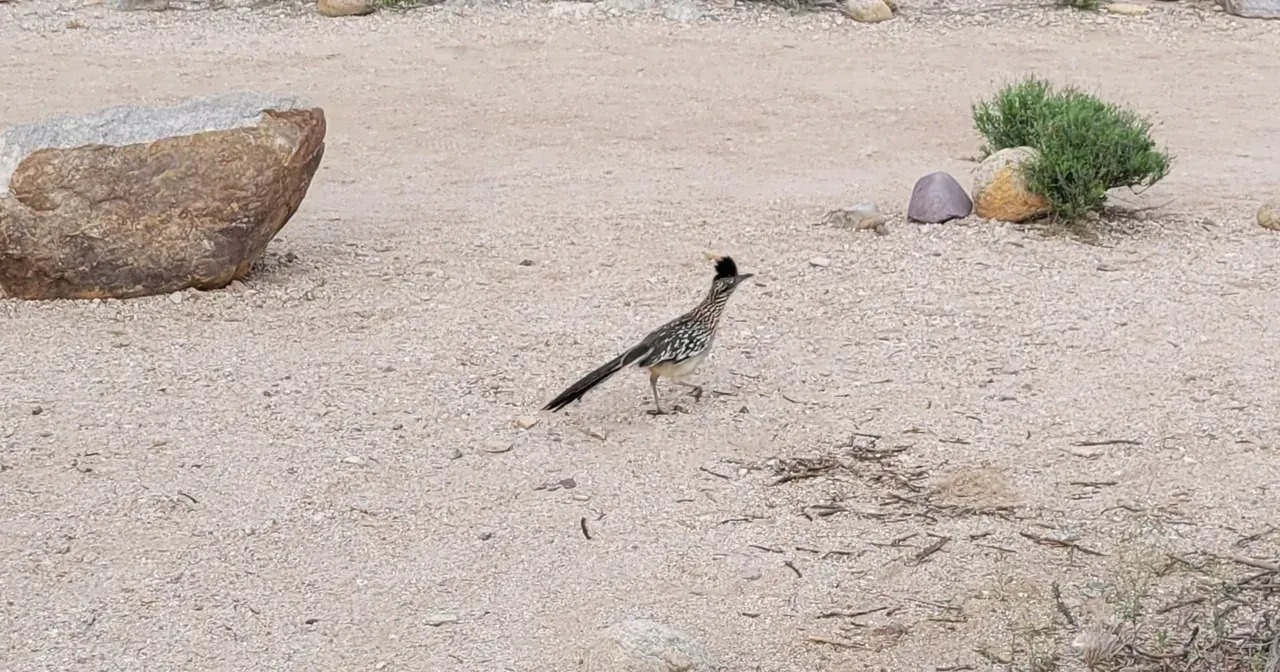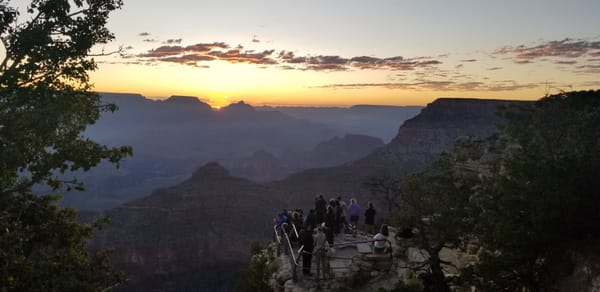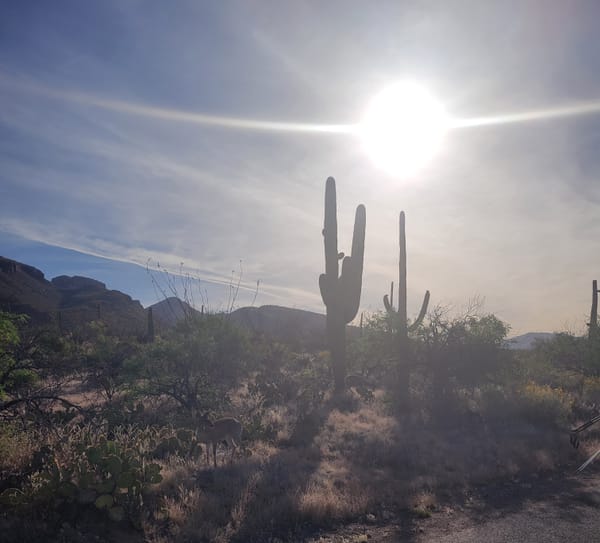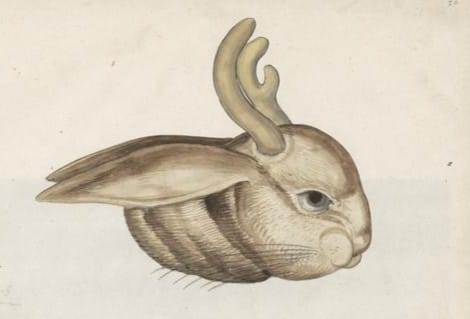How to Spot a Roadrunner in Arizona

The roadrunner, a symbol of the desert Southwest, is one of Arizona’s most fascinating native birds. Known for their comical sprints and curious personalities, these speedy ground-dwellers can be surprisingly elusive despite their fame. If you’ve ever wondered how to catch a glimpse of one in the wild, this guide will help you spot these desert icons.

The greater roadrunner isn’t your typical bird. It’s part of the cuckoo family and is built for speed, capable of running up to 20 mph. They’re often seen darting across desert landscapes, chasing down insects, lizards, or even small snakes. Unlike other birds, roadrunners prefer the ground and only take flight when absolutely necessary.
Where to Look for Roadrunners
Roadrunners thrive in dry, open areas with sparse vegetation, making much of Arizona their ideal home. Here are some prime spots to search:
- Sonoran Desert – Areas around Tucson and Phoenix, especially near washes or desert trails.
- Chiricahua Mountains – While they prefer flat terrain, roadrunners are often spotted on the lower slopes.
- State Parks and Preserves – Parks like Picacho Peak and Lost Dutchman often have sightings along hiking trails.
- Rural Roads – Roadrunners frequently dart across highways and backroads, particularly early in the morning or late afternoon.
- Residential Areas – If you live near the desert, keep an eye on your yard! Roadrunners sometimes venture into neighborhoods in search of food.
Tips for Spotting a Roadrunner
- Move Slowly and Stay Quiet: Roadrunners are skittish and will bolt if startled.
- Look Near Vegetation Edges: They often hunt near shrubs or cacti where prey is abundant.
- Bring Binoculars: Their brown and white plumage blends well with the desert, so a closer look helps.
- Listen for Their Calls: Roadrunners make a soft cooing sound, and they’ll sometimes clap their beaks together to communicate.
- Best Times: Roadrunners are most active during the cooler parts of the day. Avoid searching during the hottest parts of the day, as they’ll likely be resting in the shade.
Fun Facts About Roadrunners
- They eat venomous snakes! Roadrunners will team up to take down rattlesnakes, using their speed and beaks.
- The average lifespan of a roadrunner is about 8 years in the wild, but up to 16 years in captivity.
- Roadrunners have Zygodactyl feet, which means they have two toes pointing forwards, and two toes pointing backwards. This is an adaptation to running quickly over rough terrain.
With a bit of patience and a watchful eye, you’re bound to catch a glimpse of one during your Arizona adventures. Take a moment to observe their fascinating behavior. Watch as they dart after prey or stretch their wings to warm up in the sun. Snap a picture (from a respectful distance) and enjoy this iconic piece of the desert.





